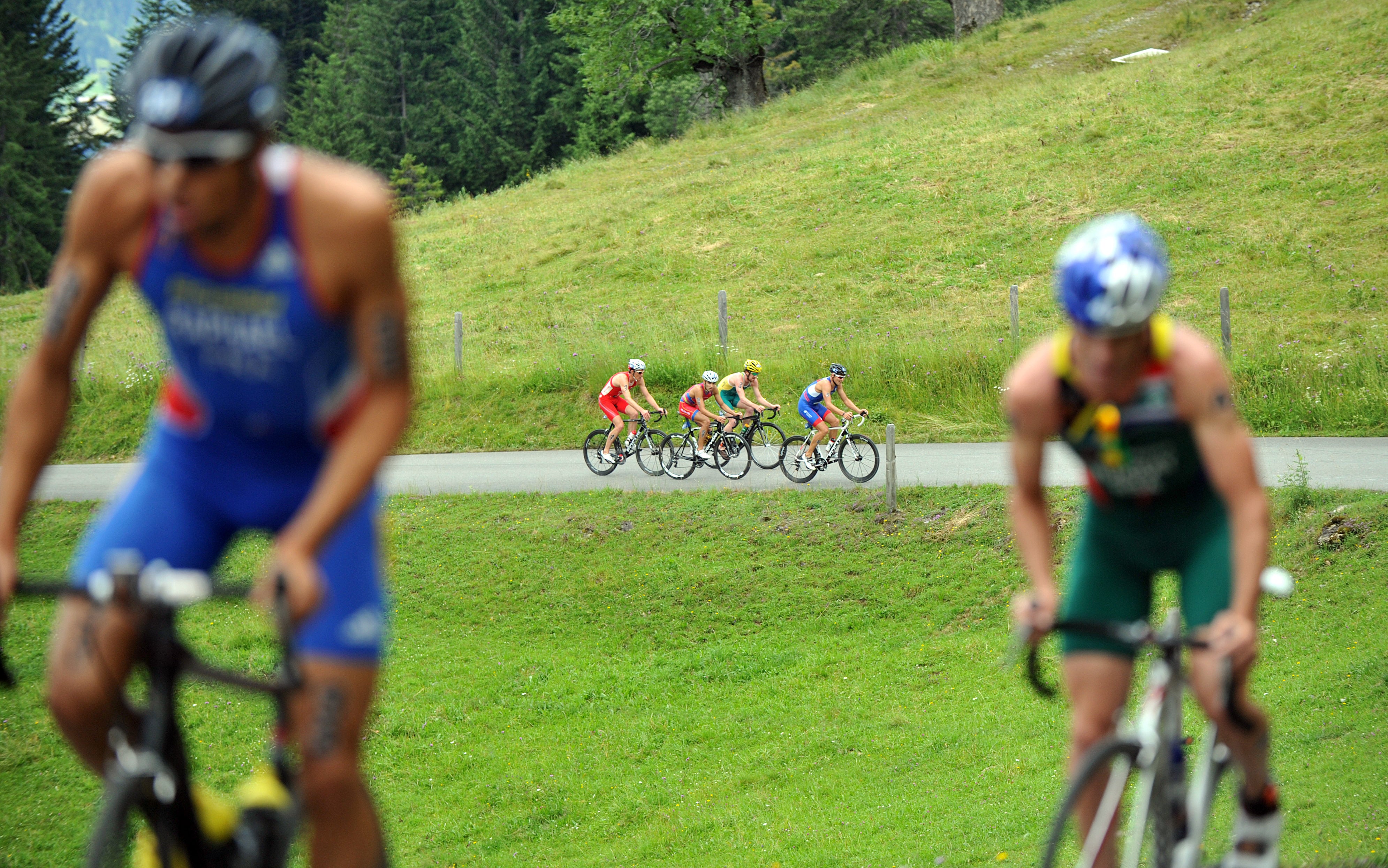Eliminate Your Cycling Weaknesses

Photo: Janos Schmidt/Triathlon.org
Do you avoid a specific cadence? Have certain workouts you neglect? You’ll be surprised at the results when you train against your preference.
You probably have a cycling weakness you’re quite aware of—you’re a terrible climber, you fear descents, or maybe your mechanical skills are lacking—but you may also have training weaknesses, or “blind spots,” that you don’t even recognize. Working with a coach is one way to find blind spots, which is how Ironman legends Scott Molina and Dave Scott helped Endurance Corner founder and coach Gordo Byrn with his training. When coaching him, Scott once asked Byrn his favorite cadence. He said 78 RPM. Scott responded, “OK, so we’re going to work on 92.” By training out of his comfort zone, Byrn eventually eliminated a blind spot and consequently added another element to his racing toolbox.
Blind spot: Low cadence
Do you find your most comfortable cadence is below 80? Quit mashing and find your inner spinner. Incorporate short sets of high-cadence spin-ups at first (10×15 sec at 100+ RPM with 45 sec recovery), and increase to longer intervals, such as 3×5 mins at 90+ RPM with equal recovery.
RELATED: 2 Cycling Workouts To Improve Your Cadence
Blind spot: Flexibility
You don’t warm up before your rides and barely stretch afterward. But increasing your range of motion could help create comfort in the aero position as well as build a stronger pedal stroke. Now that the off-season months have arrived, force yourself into a regular stretching routine. Whether it’s yoga a couple of times a week or a dedicated 15-minute regimen after every ride or run, aspire to face next season with newfound mobility.
RELATED: Dynamic Vs. Static Stretching
Blind spot: Continuous flat riding
You may think your long Saturday hours in the saddle are building solid Ironman bike miles. But when’s the last time you did a long ride at a consistent heart rate with no breaks? “When I first met him, Scott Molina told me to head out and ride at a heart rate of 135 bpm for three hours, flat, without stopping. I was amazed at how tough this was,” Byrn says. “But I built my stamina up so that I could ride long periods in my aerobars without stopping.” Byrn also advises riding a draft-legal century without stopping so you can learn how to “use” each other legally while riding continuously.
RELATED: At-Home Time-Efficient Strength For Cycling
Blind spot: Power zone holes
If you train with power, use analysis software to review last season’s power files. “Typically, each of us will have a power zone that we avoid. If that zone is important for your goal race, then addressing the ‘hole’ in your power profile can yield performance improvements,” Byrn says. The same can apply to heart rate training. Plan your workouts to integrate the no-man’s land you’ve been missing.
RELATED: Conquer The Climbs On The Bike
Blind spot: Recovery
You’re good at blasting yourself week after week, but don’t forget: Your muscles build strength while they’re recovering. All that work you’re doing will never pay off unless you give yourself time to rest and reap the rewards.
Follow Triathlete on Twitter @Triathletemag for inspiration, new workout ideas, gear reviews from our editors and more.